Don't Give Up The Cruising Dream!
Enjoying nature, the sea, the salt air and this earth is the very essence of being human, in our opinion. To our members, we say hold on to your dreams and lay your plans to fulfill them. Here are a couple of things you should know about your cruising dreams that may help...
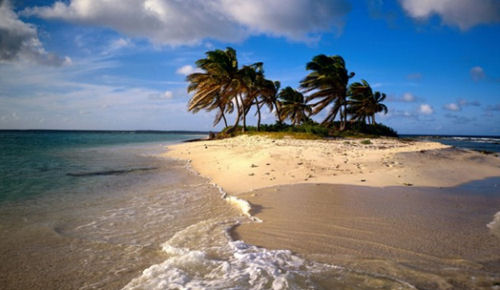
I. The Cruising Dream
The world has gotten so small the last 50 years that virtually no place on earth is out of the realm of realistic cruising possibility. With the advent of charter companies all over the world with bareboats in remote locations, satellite navigation systems, and ocean transport companies like DYT Yacht Transport, the world is truly the cruising yachtsman's oyster.
Teddy Roosevelt once said, "Make no small dreams, because they stir no passion in the hearts of men." So, get out your cruising atlas and pick your places, the more exotic and remote the better. To give you an idea of some of the great cruising grounds of the world, here is a sampling –

North America, Central America and Caribbean
Maine
Hudson River to Lake Champlain
Chesapeake Bay
The ICW through the Carolinas and Georgia
The Florida Keys to Dry Tortuga
Florida's West Coast
Nova Scotia and the Bras d'Or Lakes
Newfoundland and the Labrador Coast
Georgian Bay and North Channel in the Great Lakes
Puget Sound and the San Juans
The Islands and Waterways of British Columbia
The Inside Passage to Alaska's Glaciers
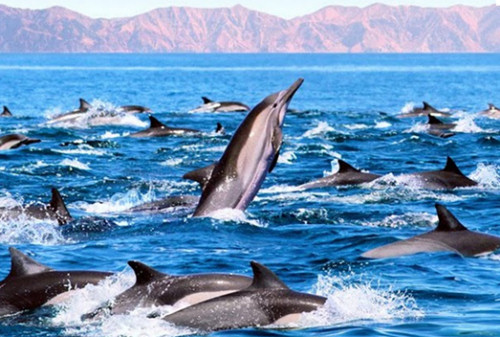
The Sea of Cortez
The Mexican Pacific coast
Mexico's Mayan Coast to Belize Reefs
The Bay Islands
The Bahamas and Turks & Caicos
Cuba
The Windward and Leeward islands of the Caribbean
Western Europe
The French, Spanish & Italian Rivieras
Balearic Islands
The Dalmatian Coast
The Greek Islands
The Western & Southern coasts of Turkey & Islands
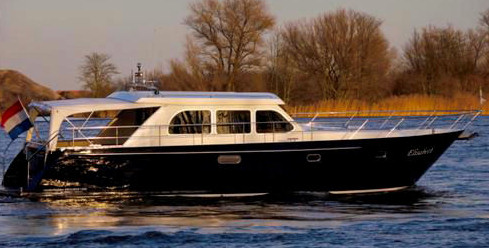
The rivers and canal systems of Europe
The British Isles
The Norwegian Coast
The Baltic Sea
Asia to Australia
Myanmar & Thai islands
Andaman Islands
The Maldives
The Great Barrier Reef and islands

II. The Sea Conditions
Much is made by sailors of the harrowing sea conditions encountered on small inland lakes, much less the world's great oceans. But truth be told, boaters who are properly prepared, have an appropriate boat for the task at hand, and are not foolhardy, do quite well both coastal cruising and trans-oceanic. The key is picking the right season for any particular area, then picking the right weather in that season.
We have been in millponds in Davis Straits between Greenland and Baffin Island, or going through the Windward Passage to Jamaica, or crossing the Gulf Stream to the Bahamas. The truth is that there are often big highs that sit on top of some fairly remote cruising grounds during some months, and that is the time to visit them.
And there are times not to be in these same areas. For example, every December and January it seems there are a couple of solo sailors who decide it would be a good time to sail down the U.S. east coast and go outside of Cape Hatteras. When bad weather hits them, as seems to happen in these months with regularity, these sailors often end up on the radio asking the USCG to lift them off of their boats by chopper. (More often than not their boats are found floating around in the Atlantic a week or two later.)
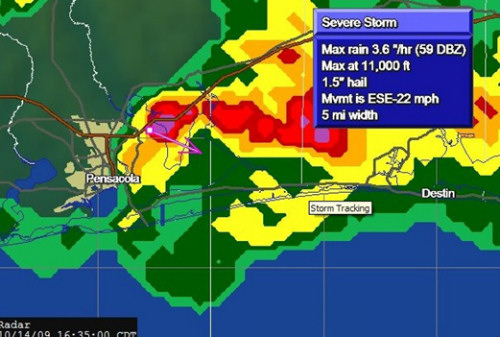
With the advent of Doppler weather radar, worldwide weather services, and satellite weather communication, really bad conditions can usually be avoided these days if one is close to land. Even in the middle of oceans, there are services that will vector yachts around rough seas. In fact, most of the great cruising grounds mentioned above are in or near protected water or safe anchorages – that is why we call them great cruising grounds!
Many boaters tend to obsess on relatively rare incidents such as the "Perfect Storm" that struck some hapless fishermen out of Gloucester in 1991. But this incident is a little bit like people's morbid fear of Jaws. These dramatic and deadly encounters make for great movies, but they are rare. USCG annual statistics show that very few boats of any size actually sink in U.S. waters each year and the number of 30' (9.14 m) and larger powerboats that do can usually be counted on one hand. Most large boats that get in trouble offshore are old boats that have been poorly maintained.
III. The Preparation
Like most things in life, the key to successful cruising is preparation and planning. Preparation starts with the skipper himself. If the captain of the boat is not a life-long boater – and about half are not – that means he/she must be educated through courses such as those put on by the U.S. Power Squadron and the Coast Guard Auxiliary. There are also commercial, for-profit schools available that will prepare individuals to take the USCG master's licensing exam. But most boaters are not required to be licensed, nor do they need to go through that level of training. State licenses are required, of course.
Regular readers of BoatTEST.com know that we are keen on boater education. That is why we offer the BoatTEST.com Smart Boating Course on DVDs to our members.
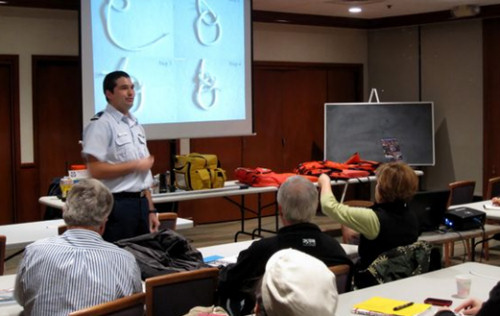
Sea Time: The most important thing (in addition to education) is getting experience, and, in fact, to get a USCG ticket one must have so many days of documented sea time on certain size vessels to qualify, in addition to passing the written exam. Experience, having close calls, learning by doing, and seeing others do it both right and wrong is the best teacher of all.
We cannot recommend enough talking to people who have cruised where you want to go. But you must do more. We think that bareboat chartering is a wonderful way to go cruising in great destinations as well as getting valuable sea time on your own, but under the watchful eye of charter management who know the local conditions and can warn you of hazards.
Use Your Boat: Get as much sea time on your own boat as possible, even if it is not the one you plan to use to motor off into the sunset. If the only boat you have is a small boat, use it as much as possible. Take it places that you would never think of going before. Trailer it to big water and get sea time in it.
All good sailors and powerboat skippers we know started in small boats. That is where they learned about tides, the effect of wind, techniques of anchoring, the importance of navigation, reading the water, and basic boat handling. Big boats are not harder to handle than small ones, they just have more systems and are more complicated.
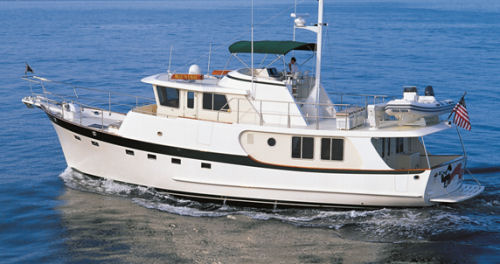
While all of this is going on, unless you plan to be cruising solo, include your partner in the above preparation. If that is your spouse, to have a successful and rewarding experience, you both must be on the same page and have the same dream. We suspect that women may not be quite as passionate about this cruising fantasy as are men, but nevertheless they are the ones who can make it a surprisingly pleasant reality – if they are motivated.
IV. The Vessel
Construction: Most boats that yachtsmen use these days are fiberglass, which is a wonderful material. It is strong and durable. Failures of fiberglass hulls are rare, and among cruising boats, almost unheard of these days unless someone runs up on the bricks. Stringers, bulkheads, and decks need to be properly bonded with the hull and virtually all boats we have tested do a good job of those most basic elements.
With the advent of the NMMA certification of ABYC standards in the early 2000s, boats built and sold in the U.S. must be built to those standards to remain members of the NMMA. In Europe, to get CE certification, boats must be rated for what sea conditions they can handle and be built to similar standards to those of the ABYC.
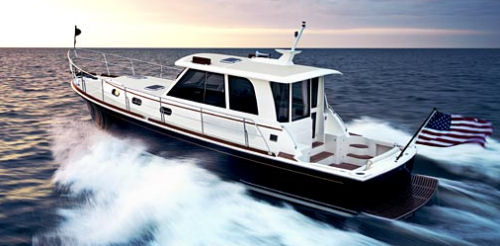
Systems and Installation: In this day and age most well-known brand names in powerboats over 40’ (12.2 m) use much of the same equipment and systems in their boats. So, if the building material is the same, and the equipment is the same, what are the big differences among brands? A major one is the quality of installation – because in boat building, that is truly the hard part.
The most difficult system to install and keep working is the electrical system. Saltwater and ground faults are the enemies of electrical systems and since one cannot usually see what has gone wrong, the most problematic. Like all things, when it comes to installing systems there is no substitute for experience and expertise. New boat builders, even with the best of intentions, have a steep learning curve. We guarantee that there is not a revered brand in existence that didn't have its share of mistakes in the beginning.
When selecting a brand to buy, our advice is to buy only one that has been around a long time and has a good reputation for construction, installations, and aftermarket customer service. Buyers of boats from new companies are rolling the dice, in our opinion, and are letting the charming personality of the salesman overrule their common sense. In a way, this is a good thing, because it is those good, trusting souls who rolled the dice that gave every famous boatbuilder its start.
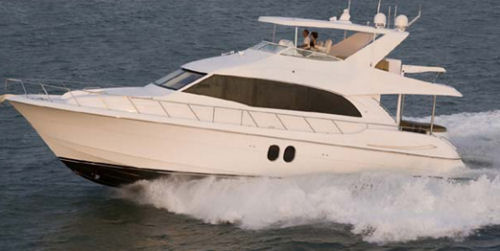
Size of Boat: This is the most critical aspect of the vessel because it largely determines the crew's safety and comfort. And the size of one's purse usually determines the size of his boat. However comfortable large boats can be, many small boats have made remarkable voyages. For example, in the early 1970s, Jacques Desjardins, a young French Canadian, traveled from Montréal to Panama in a 16' (4.88 m) aluminum sportboat powered by a single Johnson 50-hp outboard.
In the early 1980s, John Bockstoce went from Nome, Alaska to Cambridge, Northwest Territories – halfway through the Northwest Passage – in a umiak powered with a single outboard engine. Several dozen people have rowed across the Atlantic; some have rowed across the Pacific. Someone once sailed across the Atlantic in a 6' (1.83 m) sailboat, and two Florida brothers powered across the Atlantic in a 21' (6.40 m) bay boat. None of this is real cruising, of course, but it does illustrate that small boats can be quite seaworthy in the right hands.
What all of this means is that if a boat is properly built and outfitted, and the skipper knows what he is doing, almost any size boat can go almost anywhere.
Mission of Boat: The first thing you must ask yourself is are you going to do coastal cruising far from home or near home; or, are you going to do trans-oceanic passages? If you are going to do basically coastal work, will you traverse large open bodies of water, say, going from the Bahamas to the Virgin Islands, or, from San Diego to Cabo San Lucas? While this is coastal cruising, or island hopping, because you are crossing bodies of water that can get rough even on balmy days, one should have a different vessel than the one you would need for cruising, say, the Chesapeake Bay or Long Island Sound.
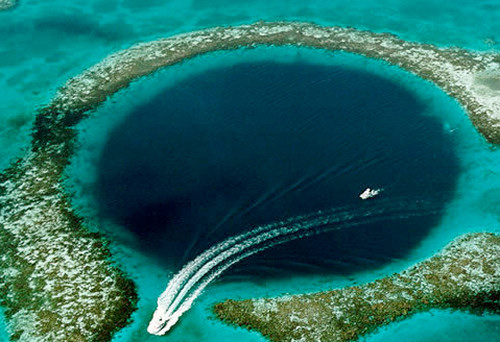
Or, will your cruising be close to home, done in long weekends with a few weeks strung together in August? In this case, you can probably accomplish your mission/dream in a smaller boat, not that you have to, of course. There is certainly nothing wrong with having an ocean cruiser in which to go across the bay, if that is what jingles your chimes. Many people do just that quite happily because the pride of ownership of a vessel that could go anywhere is just much fun as actually doing it. Different strokes for different folks.
Once you have drawn a tight bead on your cruising mission/dream, you can then assess how large a boat you will need and what kind of boat it should be – i.e., displacement trawler, semi-displacement motoryacht, planing cruiser, etc. Your bank account will tell you how big the boat will be and whether it will be new or used.
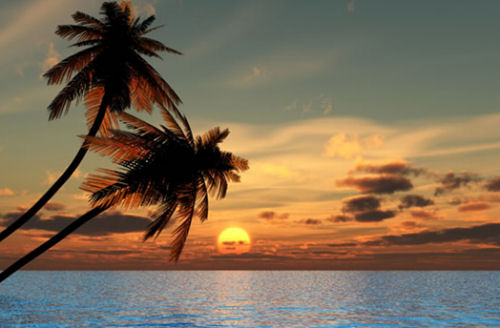
V. The Intention
The movie actor Zachary Scott once said, "As you grow older, you'll find the only things you regret are the things you didn't do." The fact that you come to BoatTEST.com and are reading this article means that you have contemplated a season of cruising, or perhaps something longer, such as retirement cruising. Now is the time to lay out your plan.